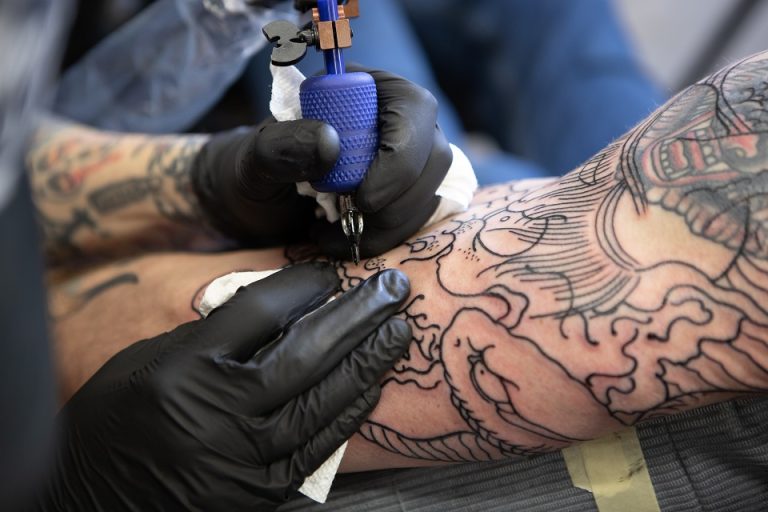Is camouflage required for hunting? According to many hunters who have successfully pursued and harvested their prey, wearing camo gear is crucial. Although it is possible to go out in the fields and hunt for animals in plain tee and trousers, camouflage exists for a purpose.
Certain animals have different levels of vision and perception. A particular style of camo is worn depending on the species to be hunted. Because various animals perceive the world differently, hunters must consider the animals’ peripheral vision abilities and learn how to conceal themselves to compensate.
Outlined below are three reasons you need camo while hunting
1. TRAPS ODORS
If you hunt big game, you know how important it is to control or manage your odor. Nothing, especially on a ten-day backcountry marathon, will be able to eradicate your human scent, but there are techniques to minimize and reduce your body odor. Merino wool is one of them.
Merino wool has recently exploded in the outdoor and hunting camo market; it offers many natural properties that make it excellent for a wide range of settings. Wool has one purpose in nature: to keep the animal wearing it comfortable and safe.
It is airy and perfect for moisture control due to its natural qualities. Merino, similar to skin, automatically cools and heats your body as needed. Also, it’s soft and wicking but dries rapidly, making it an excellent next-to-skin base and mid-layer.
Because of the quick drying capabilities of merino wool, odor-causing bacteria do not have the moist circumstances they require to develop uncontrolled. Therefore, merino is inherently odor resistant, allowing you to stay incognito for days in the backcountry.
2. BREAKS UP YOUR OUTLINE
Although most animals cannot distinguish colors, they may recognize forms that appear out of place in their surroundings. When the majority of the forest is a jumble of crisscrossing lines and leaf patterns, the solid color of your pants, shirt, and skin is a giant red signal.
Regarding the most practical camouflage, it’s worth noting that it should be the most basic, with some basic earth-toned patterns. Because all it does is break up the outlines, this camo apparel will function in most circumstances.
You can also choose a mimicking camouflage, but to reap the full benefits of this design, you will need to purchase a separate pair of garments for each season and environment. You can use a full-face mask or a few stripes of face paint to break up the glaring outline of your face.
The mask is a patterned mesh garment that fits over your face. However, while the mask has little effect on a hunter’s sightline, some hunters dislike having it on their faces all day.
3. GIVES YOU CONFIDENCE
Wearing camouflage has certain psychological benefits as well. Wearing the correct gear will get you in the mood and make you think about what you need to do to have a good hunt that day. Don’t forget the benefits of feeling good about yourself when hunting.
Also, if you believe your target will detect you, your chances of making a mistake increase. Even if you are wearing the incorrect camouflage for your environment, there is a strong possibility you will have a more successful hunt than if you were wearing your ordinary clothes.
Types of Camouflage
Break-up Patterns: When most people think about camouflage, they envision break-up patterns. For decades, the military has utilized this form of camouflage. This category includes modern digital camouflage and patterns dating back to the Vietnam War. One advantage these patterns have over others is their potential to help you blend into your surroundings. This makes your movement more difficult to notice than if you wore a mimicking pattern.
Many organizations produce patterns that focus on breaking up the human silhouette rather than trying to imitate the terrain accurately. Break-up patterns are designed to help you blend in with your surroundings rather than to make you look exactly like them. These designs are typically made up of a range of more prominent solid colors that are speckled or blocky in design.
3D Patterns: 3D patterns are most likely the best camouflage for keeping hidden; nonetheless, they can sometimes be overpowering. 3D camouflage takes it a step further by including material beyond your shape. Most of the time, these camos will include patterns like simulated 3D foliage or grass. The disadvantage of these camouflages is that they can be challenging to use.
Terrain Mimicking Patterns: A mimicry pattern is a popular sort of camouflage. These camos are made to look like various sorts of terrain. Ideally, these will assist you in better matching the landscape. They are also excellent for getting near to prey. These patterns seem incredibly unique to the naked eye and can help you hide in the woods.
Bottomline
Camouflage, like most things in the hunting world, is overcomplicated. Significantly, whatever camouflage you have would most likely suffice. Also, the most costly and latest equipment will not help you be more successful. You may often get away without using camouflage at all, although it does assist in breaking up your silhouette and obscure your movement.
While there are a few factors to consider when identifying a pattern, there are no right or incorrect answers. Do not be concerned if you wear camouflage that is a few shades off; your game will not notice. The most crucial thing is that you can control your movement. Your first and most apparent giveaway will be your movement.







